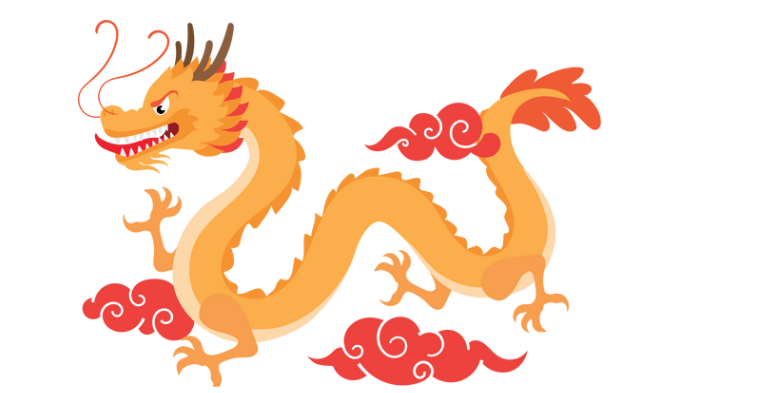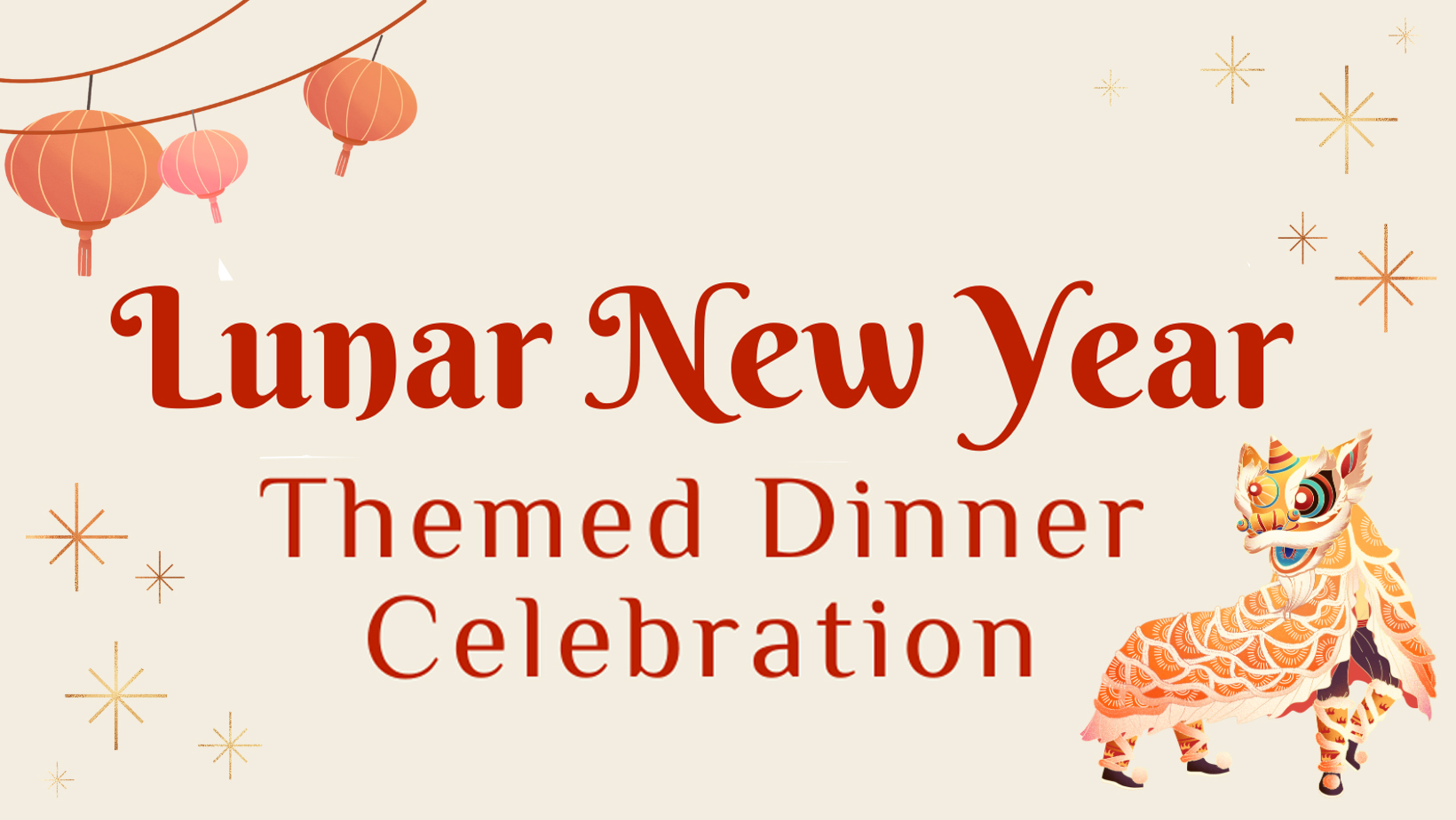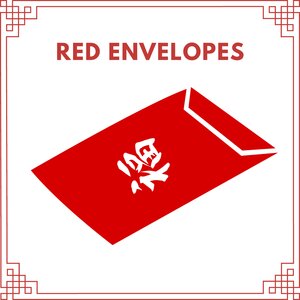Lunar New Year 2024 - Year of the Dragon 
The Asian American Cultural Center partners with University of Illinois dining in presenting an annual Lunar New Year-themed dinner, which includes traditional food and desserts, and encourages student groups to perform as well as interact with students about the holiday. Join us for free craft activities plus special performances!

Themed Dinner Celebration
A collaboration with University Dining.
- Date: Wednesday, Feb 7th, 2024
- Time: 5:00-6:30 pm
- Location: 1010 W. Illinois St., Urbana IL
Performances and free arts and crafts activities. A special themed menu will be served in ISR, LAR, and Ikenberry Dining Halls.
Performance and art groups interested in being a part of our 2024 celebration can reach out to Jewelry, our program coordinator at aacc@illinois.edu.
NOTE: The full LNY dinner menu is posted on the Illinois App and standard University Housing meal rates will apply.
Free Activity Kits
Where to find free activity kits (starting February 2024 for most locations), while supplies last!
- The Asian American Cultural Center
- Center for East Asian and Pacific Studies
- College of Education
- College of Fine and Applied Arts
- College of Liberal Arts & Science, Inclusive Excellence
- Division of Intercollegiate Athletics
- Family & Graduate Housing
- Gies College of Business
- Main Library
- McKinley Health Center
- School of Information Science
- University Housing - Dining Services
- University Primary School
- Urbana South Living-Learning Communities
Paid for by SCPF and the generous support of our campus partners.

Red Envelopes
Red envelopes are gifts presented at social and family gatherings such as weddings or on holidays such as Lunar New Year. Inside you may find gifts of money or lucky coins. They are given out by elders to children or by married couples to single adults. The red color of the envelope symbolizes good luck and is supposed to ward off evil spirits. The packet is called hongbao in Mandarin, lei see in Cantonese, and li xi in Vietnamese, and sae bae don in Korean, although for Koreans the envelopes may not necessarily be red in color. This custom or ones similar to it, have been adopted by many countries including Vietnam, Korea, and Japan. Regardless of location, it is usually presented with a wish for a happy new year full of good health, longevity, and prosperity!

Paper Lantern Activity
To make the paper lantern, you will need a red envelope, a pair of scissors, and either tape, glue or staples/stapler.
- Step 1: Cut off the top of enclosure on the red envelope and set aside.
- Step 2: Fold the red envelope in half length wise so the design is facing outside and crease it in.
- Step 3: With the opening facing away from you, take the scissors and cut slits in the red envelope stopping at half a cm or one cm from the top.
- Step 4: Continue cutting slits throughout the length of the red envelope.
- Step 5: Bring one end of the red envelope to the other and connect it together using tape, glue, or stapes. This will give it the lantern shape.
- Step 6: For the handle, take the top of the enclosure you cut off in step 1 and fold it in half and curve it to shape it into a handle. Then tape, glue, or staple it to the top of the paper lantern.
Watch the video on how to make a paper lantern using your red envelope.
Champaign County Elementary Schools Outreach
Lunar New Year is the most significant and widely celebrated holiday in many Asian cultures. It marks the beginning of a new year and is associated with a myriad of cultural traditions. The Lunar New Year Celebration program is a growing collaboration between the Asian American Cultural Center and local Champaign and Urbana elementary schools and libraries. While many children know about popular holidays, such as Thanksgiving, not many know about Lunar New Year. This program teaches local children and families about the cultural significance and history of the Lunar New Year. It also engages college students in the community through civic engagement and sharing the wealth of their cultural backgrounds.